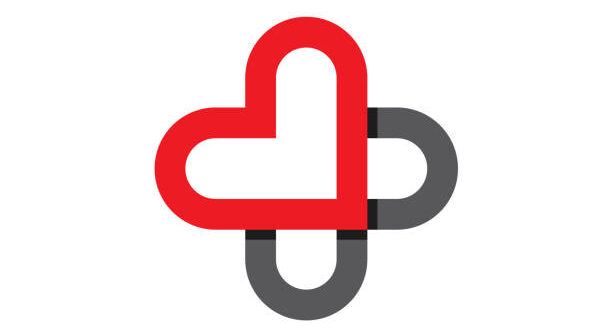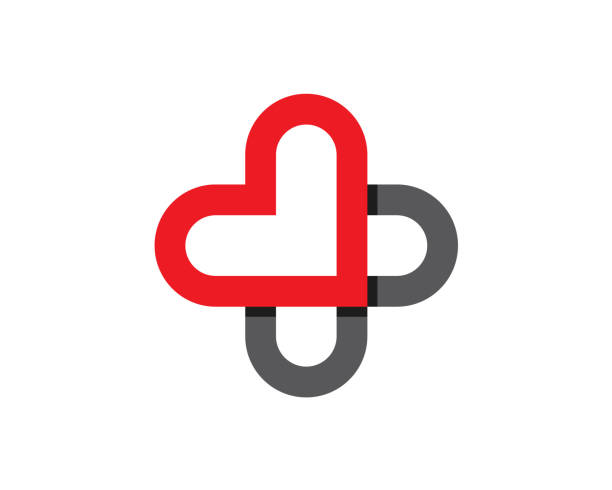
Physicians in the U.S. are doing more work than ever before — but they’re getting paid less.
This month, consulting firm Kaufman Hall released new research on work relative value units, or wRVUs, for the nation’s physicians and advanced practice providers. This metric tracks providers’ productivity by measuring the amount of clinical work performed, such as patient visits, procedures and other billable services, adjusted for complexity and time. Each visit or service has an associated wRVU — and by adding up all those values and dividing by the number of full-time providers, healthcare organizations get a consistent way to track and compare how much clinical work their providers are doing.
In the second quarter of 2025, that translated to 6,449 wRVUs per physician and 5,030 per advance practice provider, meaning productivity is up 12% for physicians and 11% for advanced practice providers compared to two years ago.
However, reimbursement rates aren’t rising at the same pace — physician pay per patient visit has dropped by 33% since 2001. And as more patients begin to lose insurance coverage in the months ahead as a result of the One Big Beautiful Bill Act, this payment gap will only widen.
Experts are calling for physician payment reform, saying it is the only measure that will preserve the sustainability of independent physician practices and slow the wave of consolidation.
Smaller, independent practices tend to feel the effects of rising workloads and stagnant reimbursement most acutely. Unlike large hospital networks, they have fewer resources — which makes it harder to hire adequate support staff, invest in efficiency technology and establish alternative revenue streams.
More work, less support
Even though physicians’ workloads are getting larger, their support staff levels are declining, pointed out Matthew Bates, managing director and physician enterprise service line leader at Kaufman Hall.
Staffing levels for support roles such as front desk employees and medical assistants have dropped by 13% in the past two years, he noted. This imbalance — 12% more work with 13% less support — is a major driver of providers’ continued stress and burnout, Bates said.
In his eyes, AI has not yet offset burnout and staffing shortages. AI tools, such as ambient scribes, have mainly reduced providers’ after-hours charting, or their “pajama time,” instead of reducing their workload in the clinic, he said.
Persistent care backlogs add to the pressure on providers as well. Following the pandemic, many elective procedures were delayed, creating monthslong waitlists that physicians must work to clear while still keeping up with new demand, Bates added.
“I’ve got many clients who’ve got three, six or nine-month waiting lists to get a screening colonoscopy. We are working through that backlog — we put off hundreds of thousands of screening colonoscopies, and it’s going to take a long time to get caught back up,” he stated.
All of these pressures — heavier workloads, shrinking support teams and massive patient backlogs — have converged to fuel today’s burnout crisis.
To Bates, physician burnout stems from systemic workload and staffing issues. Discussions about burnout often blame the EHR, but the core issue is that physicians are doing more work with less help, he declared.
“If UPS went to their employees and said, ‘I need you to deliver 10% more packages over the next two years than you’ve done historically,’ that would be very difficult for them to do, and the union would push back rightly,” Bates remarked.
Medicare’s failure to keep up with inflation
Physician pay per patient visit is declining, even as the cost of running a practice — paying the rent, hiring staff members and medical supplies — continues to climb, pointed out Dr. Bobby Mukkamala, president of the American Medical Association.
“It costs more to do the work, and we’re getting compensated less to do the work, and there’s not enough of us. That’s just a total recipe for worsening healthcare in our country,” Dr. Mukkamala declared.
He believes payment reform is urgently needed — and Medicare must be the first target.
Medicare sets the baseline for reimbursement through its annual fee schedule. Private payers almost always peg their own payment rates to Medicare’s schedule, typically paying a small percentage above or below it.
Because Medicare reimbursement rates have failed to keep up with the pace of inflation, the entire system has followed suit, Dr. Mukkamala said.
He also noted that millions of Americans are expected to lose Medicaid coverage due to the One Big Beautiful Bill Act. This will cause patients to delay care until their conditions worsen, increasing reliance on emergency departments and adding strain to an already overburdened system, he explained.
Without reform, private practices are forced to run on skeleton crews, Dr. Mukkamala added. This cost cutting measure usually results in longer wait times, more administrative burden falling on physicians and a greater risk of burnout.
For smaller or independent practices, the financial squeeze can become so severe that they shut down altogether or sell themselves to large health systems.
The uncertain future of independent practices
Declining Medicare reimbursement is a huge threat to physicians’ ability to keep their practices financially sustainable, said Meade Monger, CEO of healthcare data company Omniscient Health.
Omniscient released a report this month showing that traditional Medicare payment rates for outpatient procedures have decreased every year since 2016, with a cumulative decline of 10%. This is even worse for Medicare Advantage, with physicians being paid an estimated 10-15% less than what traditional Medicare pays them.
To cope, many physicians have begun to treat more commercially insured patients, which reduces care access for Medicare beneficiaries, Monger noted.
However, most physicians cannot afford to wholly give up on Medicare, he added.
“To make up for declining Medicare reimbursement rates and rising costs, providers have been forced into deep cost-cutting measures that cut into the bone of performance and quality,” Monger remarked.
He said that shrinking reimbursement rates coupled with rising costs will continue to erode the traditional independent practice model.
There has already been substantial consolidation of independent practices into larger systems, Monger pointed out. For instance, more than 60% of physicians owned their own practices in 2012, and by 2022, that number had dropped below 46%.
Larger systems can do a better job of negotiating better reimbursement contracts and spreading fixed costs, making consolidation an increasingly common path for physicians seeking financial stability.
To protect the future of independent practices, the industry needs “a comprehensive overhaul” of the Medicare reimbursement process, Monger stated.
In his view, this effort should center on boosting physician reimbursements, enforcing stricter standards on Medicare Advantage plans for denials and prompt payments, and advancing alternative payment models.
“While CMS and other stakeholders have begun to act on these areas, progress needs to be accelerated,” Monger declared.
Unless reforms are enacted, dwindling pay and mounting pressure will only accelerate physician burnout — driving more providers to leave independent practice or the profession altogether.
Photo: Xavier Lorenzo, Getty Images





